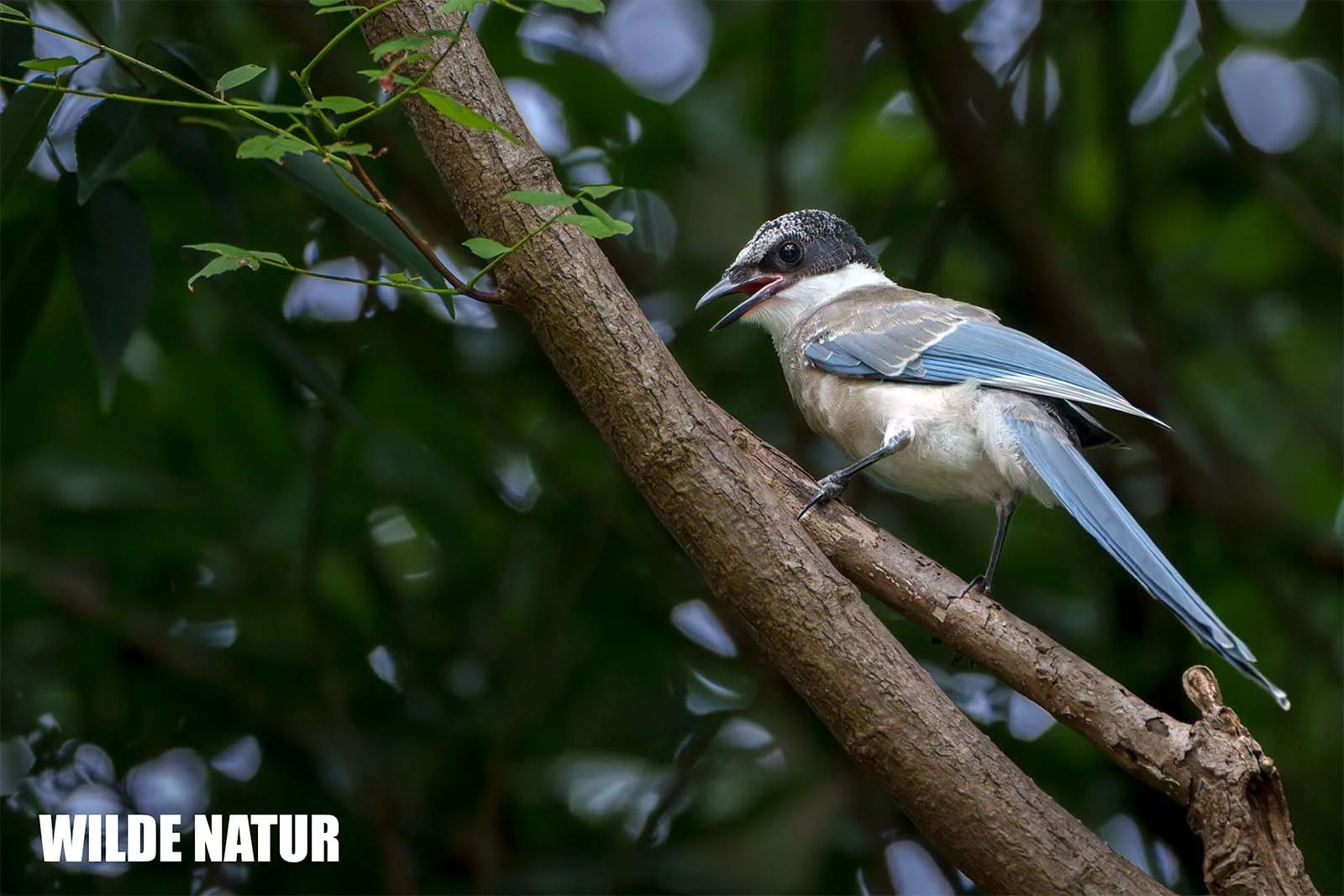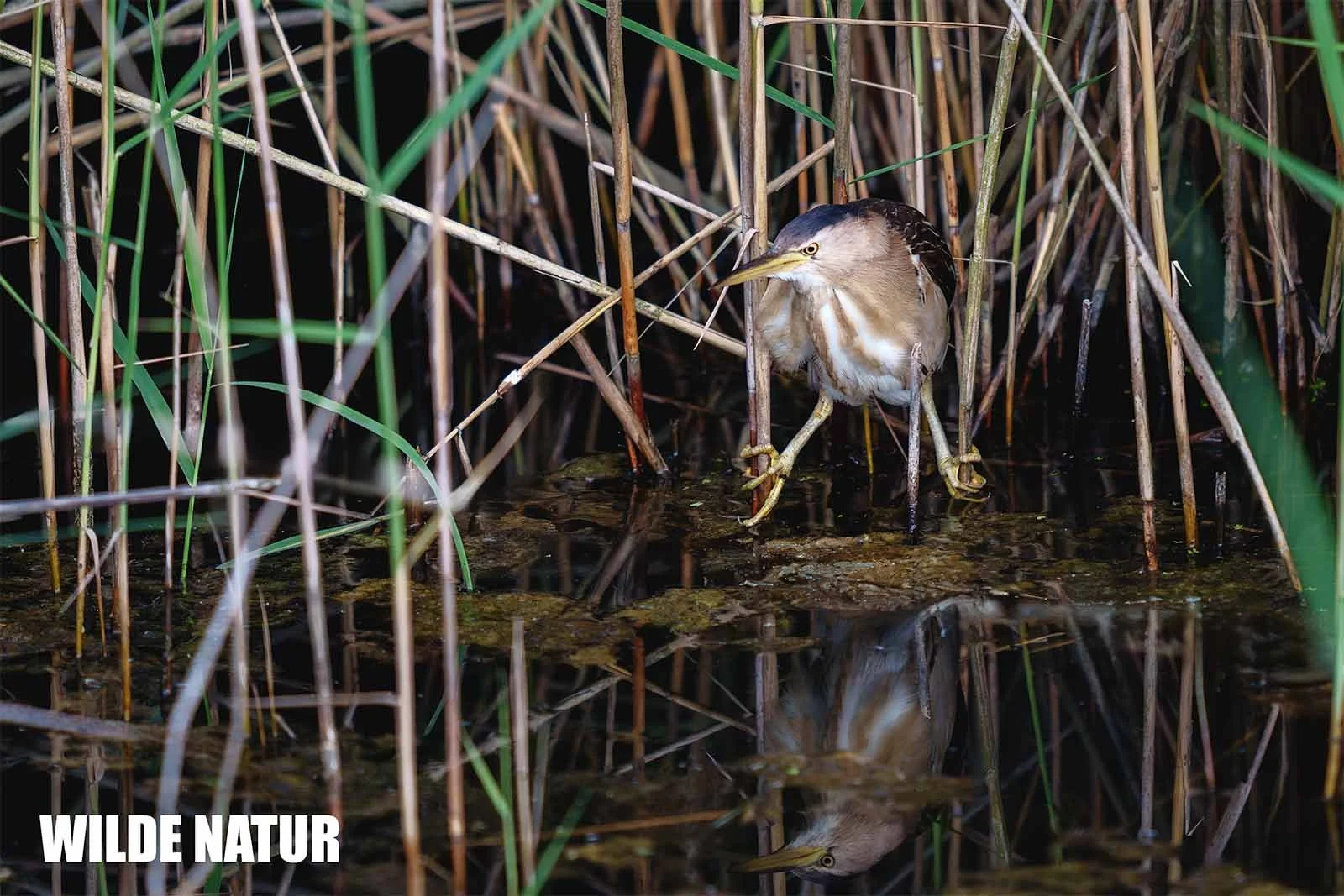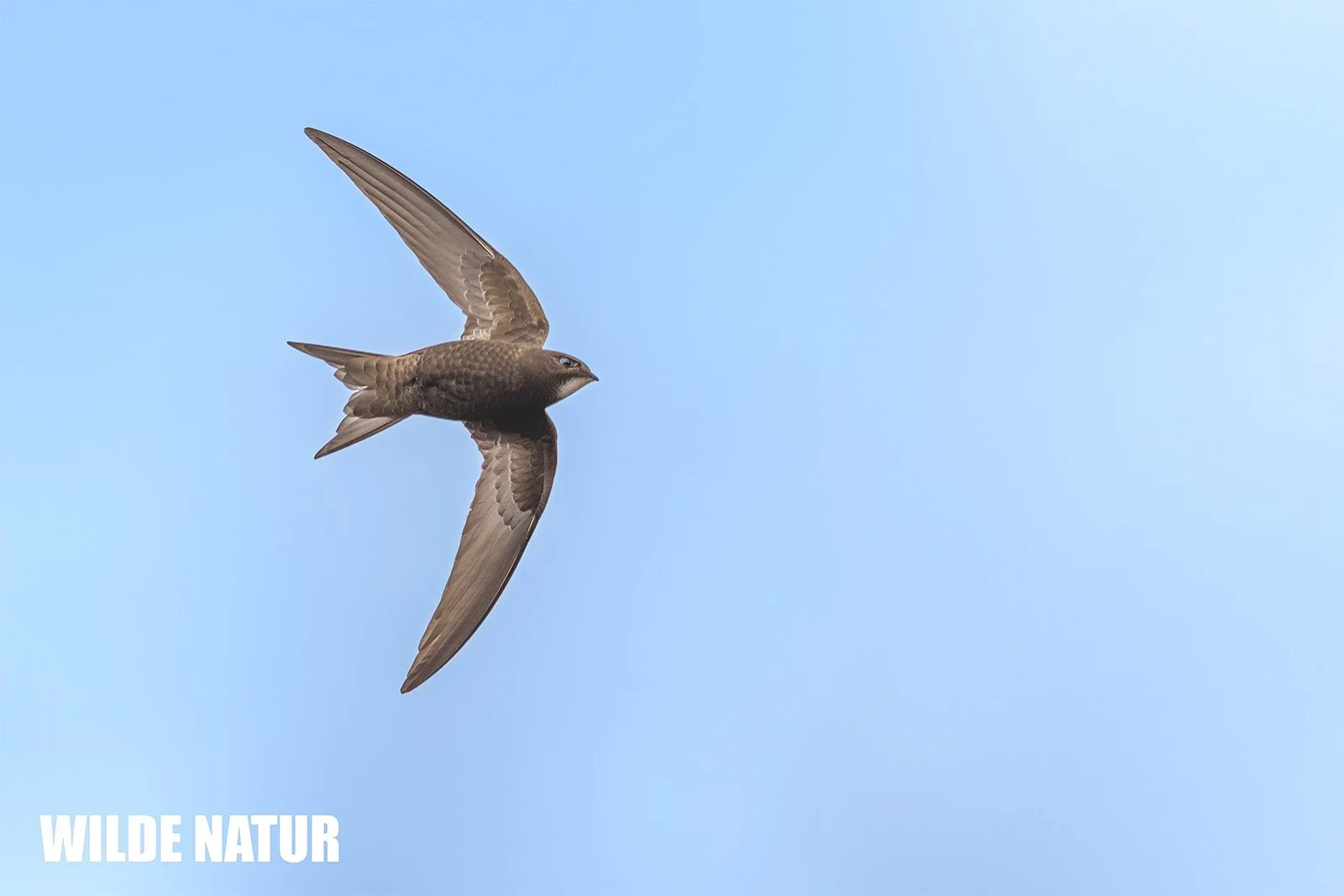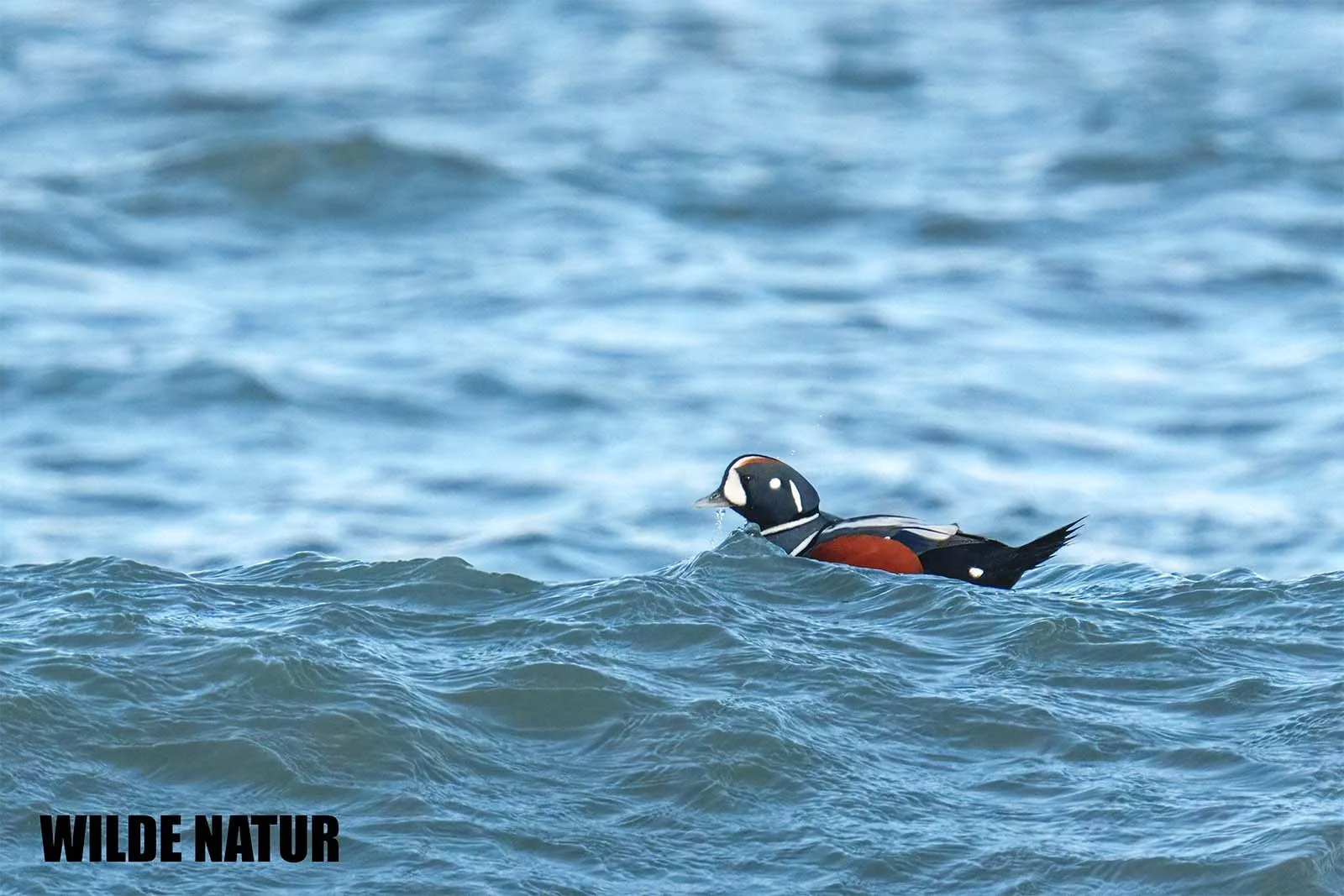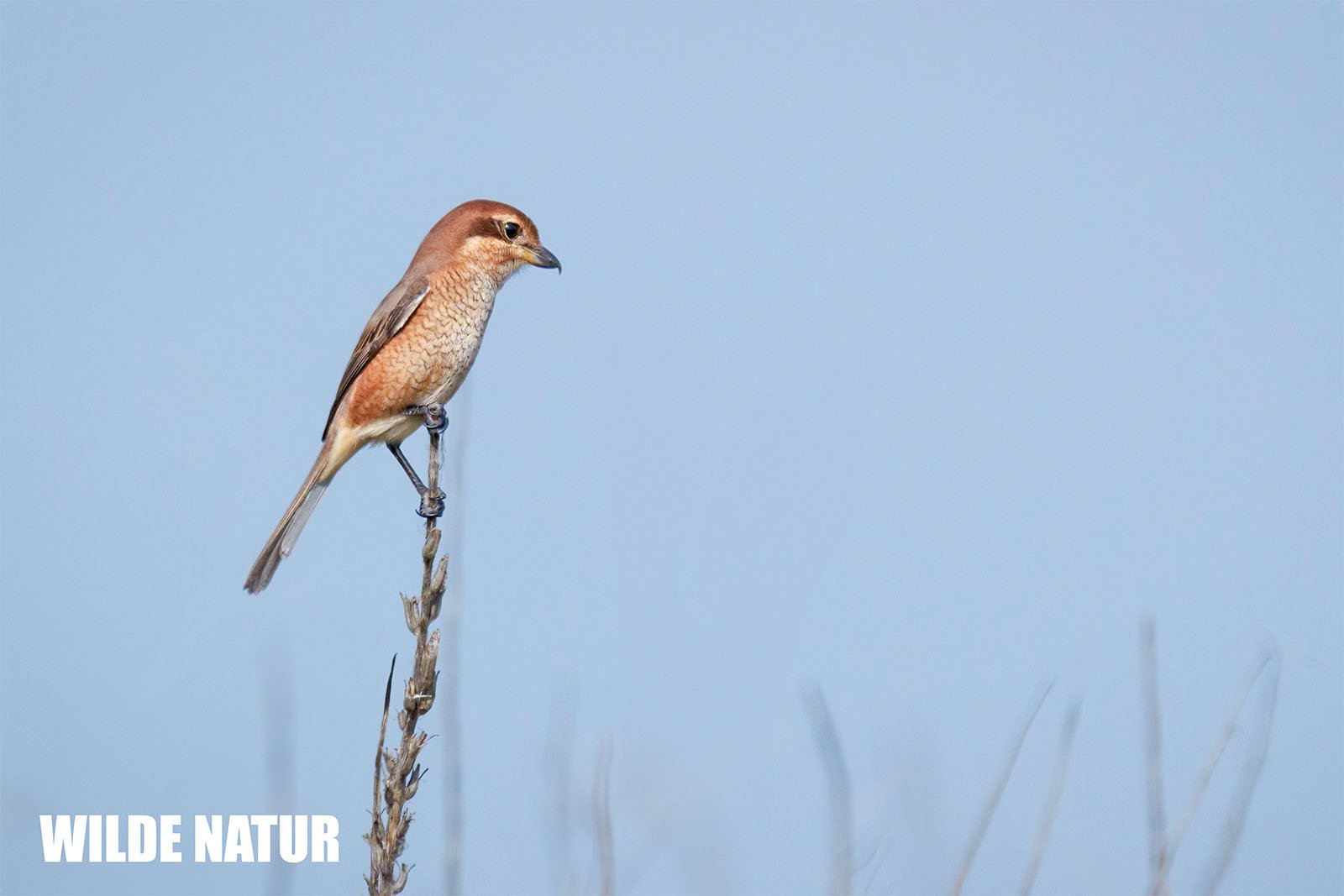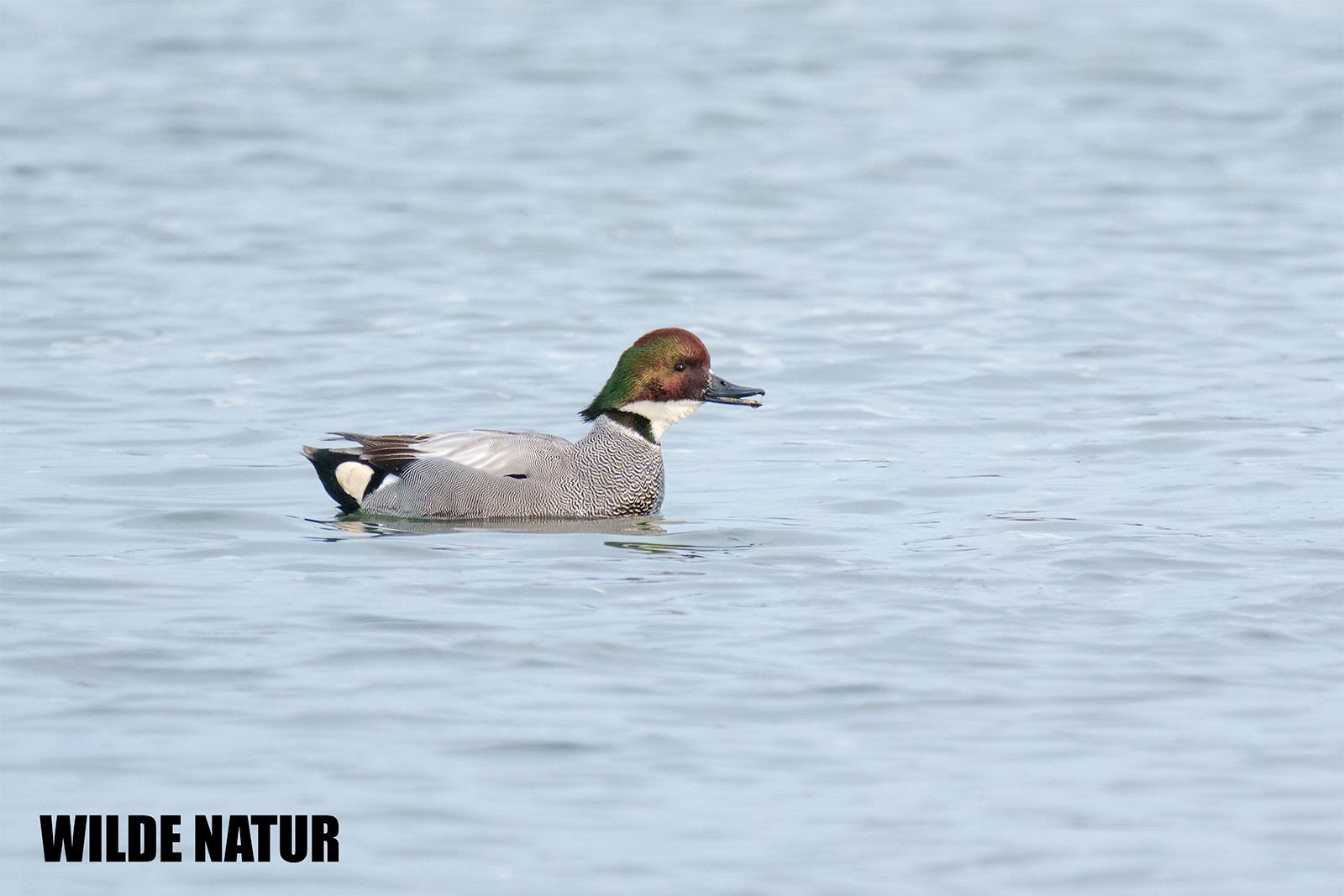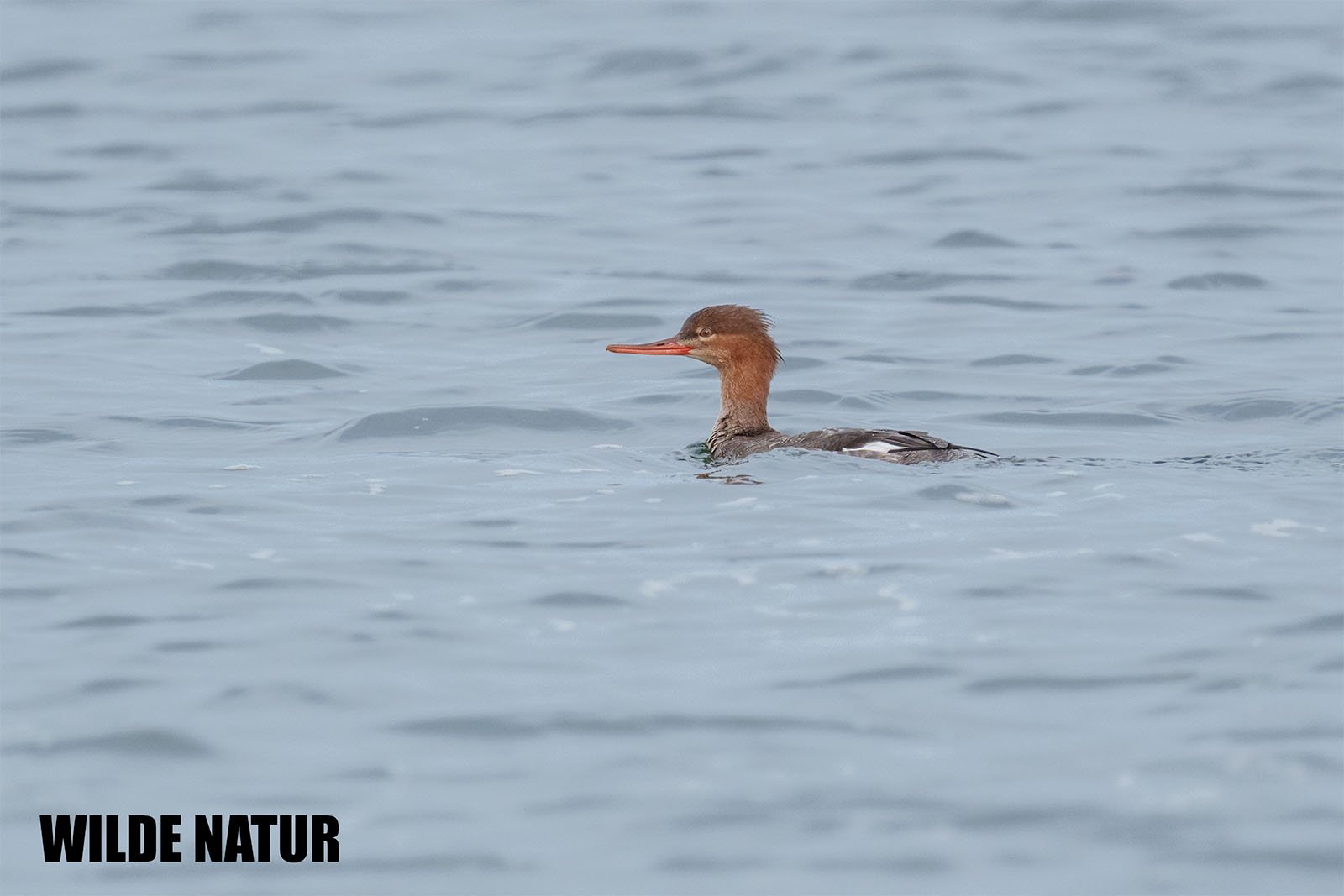Mallard (Anas platyrhynchos)
Mallard (Anas platyrhynchos) - The picture was taken in Mecklenburg-Vorpommern, Germany
Key Facts
Size: 50 - 69 cm
Weight: 50 - 100 g
Diet: Shore/land plants, aquatic plants, fruits, seeds, berries, snails, worms, frogs, spawn, larvae, small fish
Season: All year round
Tip for Observation: Bodies of water like lakes, ponds, rivers, coastline, parks
Photography Tips
Lens: Starting from 100 mm
Difficulty Level: Easy
The Mallard (Anas platyrhynchos) belongs to the Anatidae family and is the largest and most widely distributed dabbling duck in Europe. Males have a striking green metallic head plumage, a yellow bill, and a white neck ring, while females have a more inconspicuous light brown plumage and an orange bill. Mallards are distributed throughout Eurasia, North Africa, and North America and have also been introduced as breeding birds in Australia and New Zealand. Their adaptability means they are frequently found near water bodies. Their range extends across the Northern Hemisphere, including Europe, Asia, and North America. In North America, they can be found in the Prairie Pothole Region, in Europe in the open valleys of the Alps up to altitudes of 1000 meters. In Asia, their range extends to the eastern Himalayas, avoiding the coldest tundra. In winter, they migrate to the oriental region, such as the plains of North India and southern China. In Australia and New Zealand, Mallards are mainly found in climatically similar areas to those in the Northern Hemisphere. In New Zealand, they were introduced from 1867 onwards and have spread extensively since the 1950s. However, problems arise as they hybridize with the native Grey Duck, producing hybrids. Mallards are omnivores and extremely flexible in their diet. Their diet includes both plant material such as seeds, fruits, and plants, as well as animal food such as mollusks, larvae, small crustaceans, and fish. The composition of their diet varies depending on the season. During the breeding season, they mainly consume plant food, initially seeds and overwintering green parts, later the freshly sprouted greenery. Ducklings find abundant plant and animal food in the form of insects and larvae. Once fledged, Mallards also forage in fields and enjoy eating the immature grains of cereals. Mallards are adept at dabbling, a technique where they search for food under the water's surface. They submerge their heads, tip forward, and their tail feathers protrude vertically from the water.


